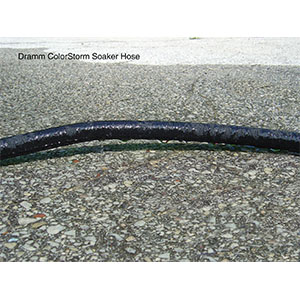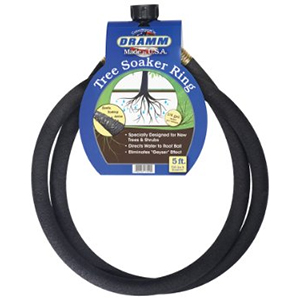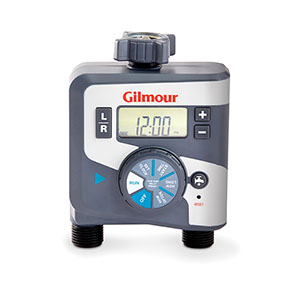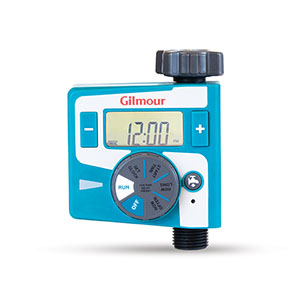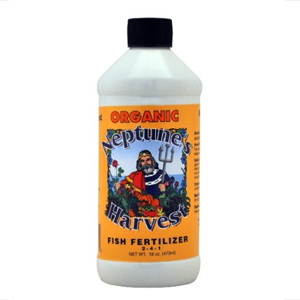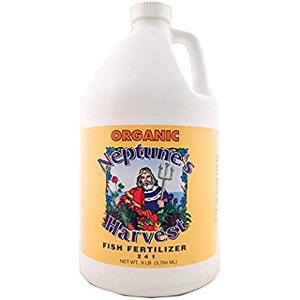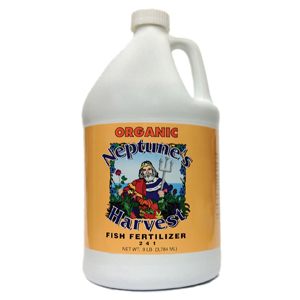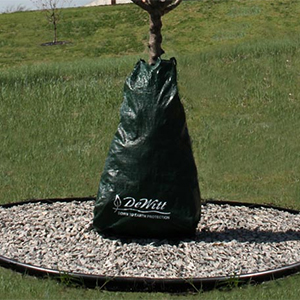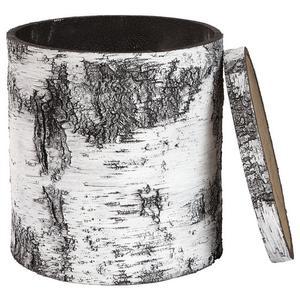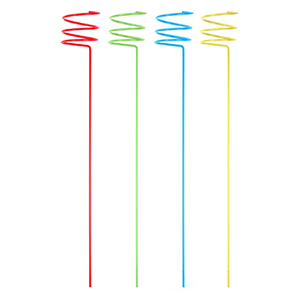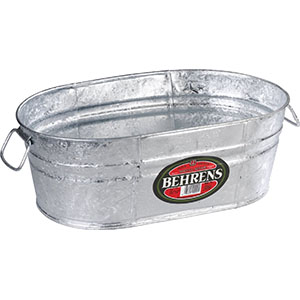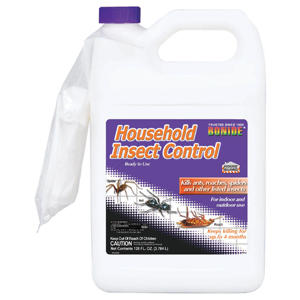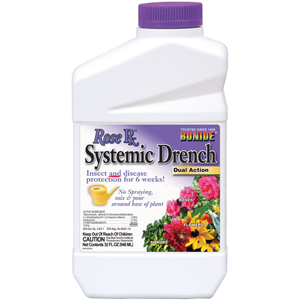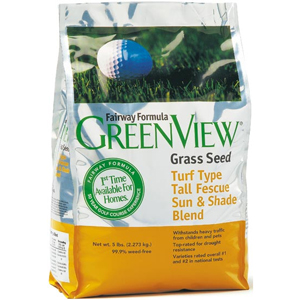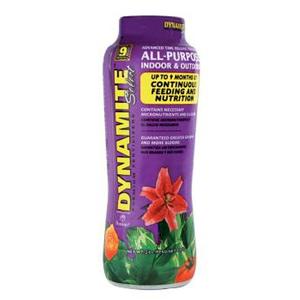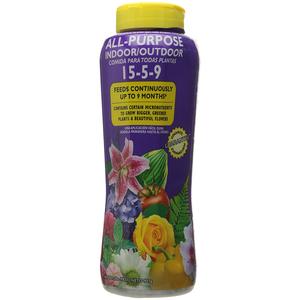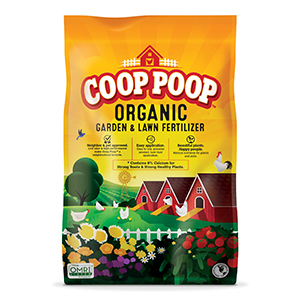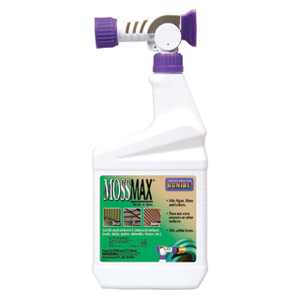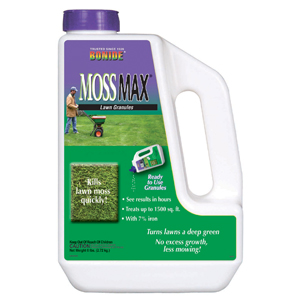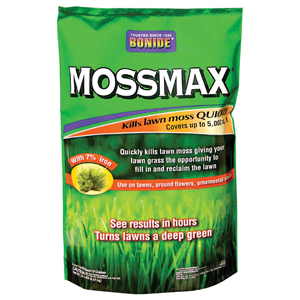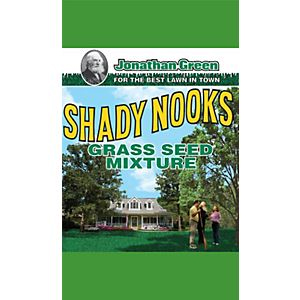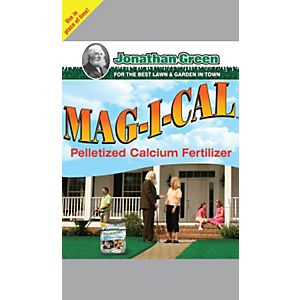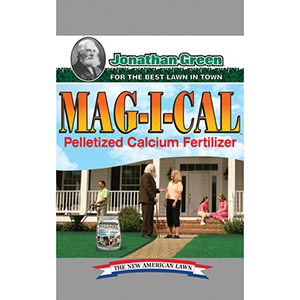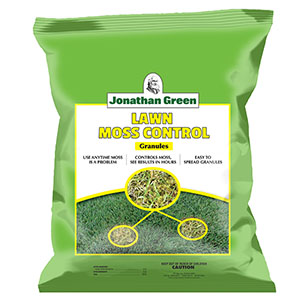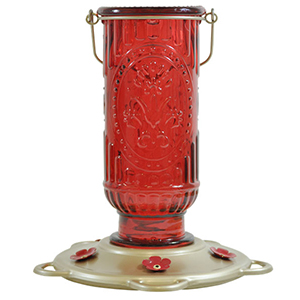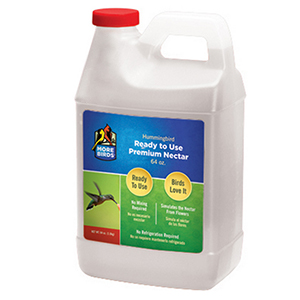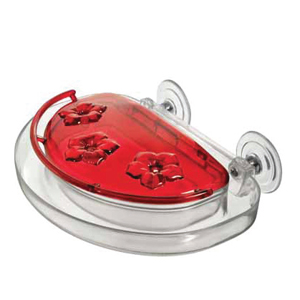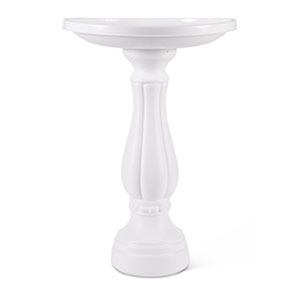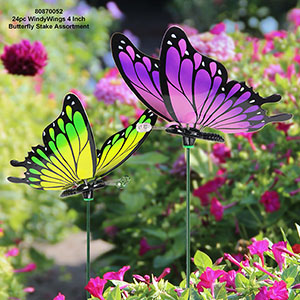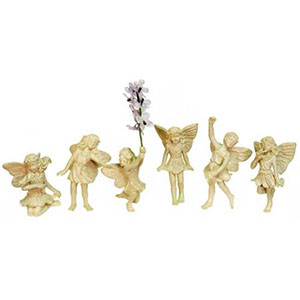This year’s weather has been nothing short of a
rollercoaster ride in terms of extreme conditions across the country. With two
heat waves (three consecutive days at 90 degrees or above) already in the
books, the planting season becomes a challenge to fortify moisture requirements
in the garden. Plants still struggle with moisture uptake until root systems
have expanded. Some telling signs give you somewhat limited time for solutions.
Trees and Plants Look
Droopy
Nothing would bug me more than to see a beautiful dogwood
tree in bloom in spring and seeing defoliation of leaves during the onset of
warm weather. Properties with a lot of clay soil push the limits on root
development over the years. As trees mature and push new growth, the slightest
drought and heat combine to dry up the top portions of trees that do not have
sufficient root structure. Moisture uptake is limited to the most accessible
branches along the way up the trunk. Fully mature trees hit the proverbial
“brick wall” especially if planted curbside along paved roadways, where
temperature extremes are the highest. If no disease is observed, how do we
initiate better health for the tree (or plant) and expand the root system?
Plants Need Food,
Water, Protection
Most consumers tend to neglect our landscape and, especially,
trees. “Plant it and forget it” is a common practice until the tree becomes
brittle or loses it leaves completely. Food or some nutritional uptake is
recommended throughout the years to help stimulate root systems and expand
capillary roots to support and sustain growth. This may come in the form of
rich organic supplements, well-composted amendments or typical fertilizers
available in many delivery types: spike, granular, water-soluble and time-release.
Common practice tells us to feed any plant according to the
directions on the label. A tip from the owner of Neptune’s Harvest suggested a
drink of their fish fertilizer soaked around the drip line of my droopy dogwood
tree. I’m proud to report that this tree just short of shovel pruning two years
ago, is now showing lush new growth and vitality by producing new branches ever
since that application was made. Thanks, Sandy! What kind of tips and tricks
can you share with your customers?
Watering may become a regular gardening task during drought-induced
weather patterns. A great convenience product for watering trees comes from the
design of the slow drip-emitting water bag. Filled with water and placed at the
base of the tree root ball, a small but steady drip of water comes from the bag
to offer some relief for water uptake needs. Dewitt’s Dew Right irrigation bag
is one we stock at Griffin. Another method to consider is the use of Dramm’s
Colorstorm Tree Soaker Ring, which screws easily onto a water hose. Mulching
can also play an important part in protecting the surface surrounding the tree
trunk to stay cooler (and wetter) for longer periods of time. Advise your
customers to be careful to not mound mulch up the trunk of their trees. Too
much mulch, too high up can be suffocating to a tree.
The Lazy Days of Summer
Many foundation plants, including flowers, take a beating
over time without sufficient water. With busy schedules, an easy way to provide
an ample water source is to connect a weeping-type soaker hose to a Gilmour
automatic electronic water timer, connected to an available outdoor faucet.
These timers are programmable for up to 6 hours of run time and are sold in
both single- and double-outlet types. The soaker hoses have long been a
favorite of gardeners and are constructed of recycled rubber tire materials
compressed to reduce evaporation and water waste. These can be placed above
ground or below ground to suit any garden application. The 50 ft. Weep &
Soak hose from Flexon and the 50 ft. Colorstorm Premium Soaker hose from Dramm
are top-sellers for quality and construction. Both are made in the USA, too!
Hydrangeas are commonly affected by intense heat and lack of
water. Your recommendation for a watering solution may pay dividends for your
sales throughout the remainder of the planting season.
Protection Part II
One tip that’s rarely discussed is to use only watering
hoses that are designated for drinking water use for children (and adults,
too!). It’s easy for kids to grab a water hose and take a quick drink of water
without knowing the dangers of nasty hidden microbes inside. Studies have shown
that water taken through traditional garden hoses may contain up to ten times
the amount of lead as water from the kitchen tap!
There are numerous reasons why camper, boat and RV hoses are
a bit more expensive than traditional types. These hoses are manufactured
without toxic chemicals and are lead-free. We’ve heard in the news about
Bisphenal A (or BPA) present in water bottles and how heat and temperatures
release these plasticizers into the water itself. These plastic hardeners are
under more scrutiny since these studies surfaced over 40 years ago. Many baby bottles,
sippy cups and drinking containers are BPA-free these days. Use a hose designed
for drinking water safety!
Relax and Enjoy


